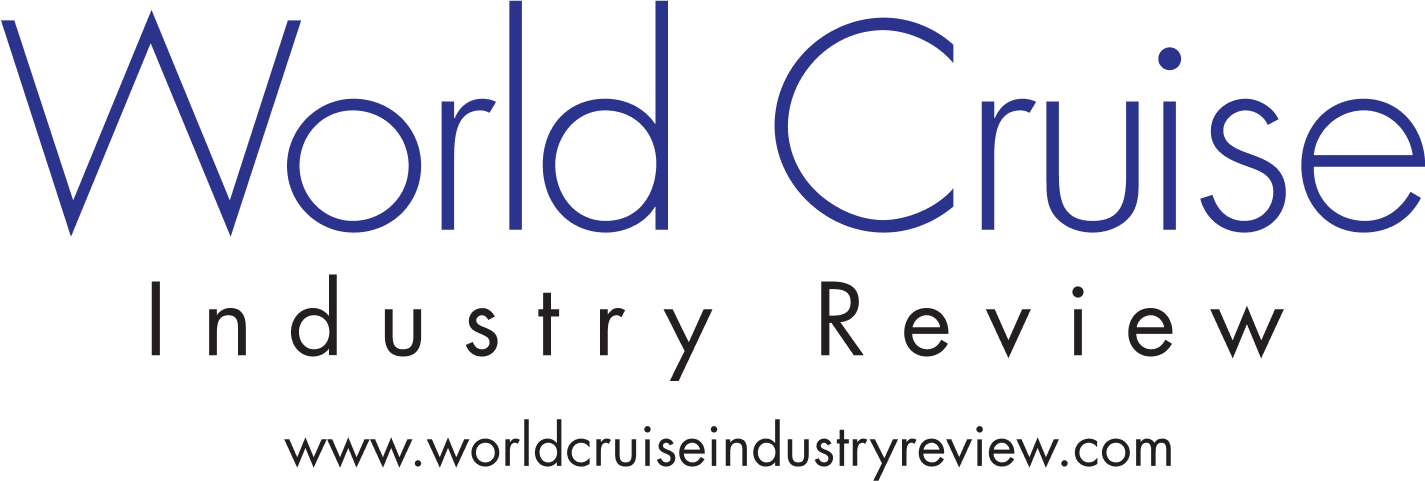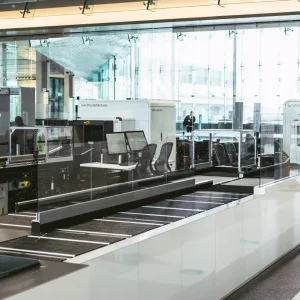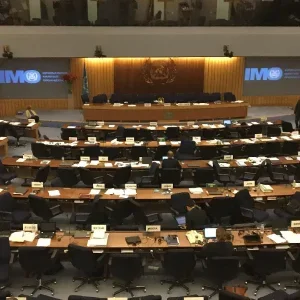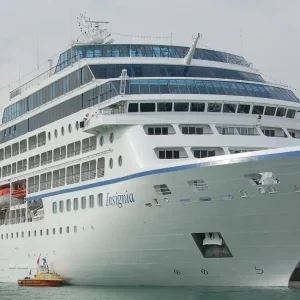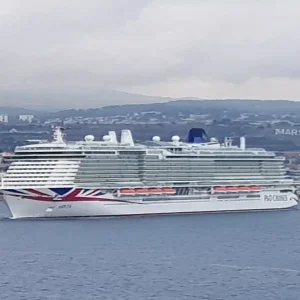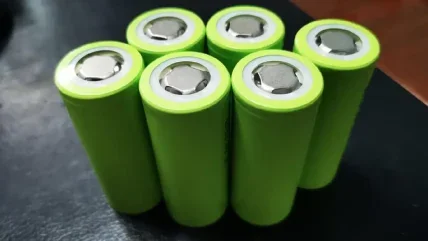
Lithium Werks (lithiumwerks.com) has been serving the Marine sector for over 12 years. In that time, we have seen the market transition from small lithium batteries in racing yachts to large battery systems in ferries and work vessels.
Lithium Werks does not use nickel-manganese-cobalt (NMC) as a battery technology, unlike many of our competitors that supply to the Norwegian maritime market. While NMC is used in many applications, it is more volatile than the safer lithium iron phosphate (LFP) technology sold by Lithium Werks. As a result, NMC is much more prone to extreme events such as thermal runaway than Lithium Werks’ LFP chemistry.
Additionally, Lithium Werks’ modules use smaller cylindrical cells rather than large-capacity prismatic cells used by many of our competitors. This means the energy released in the event of any cell failure is minimal compared to the large format NMC cells. This further increases the safety of the Lithium Werks’ battery system.
The Lithium Werks battery system has three independent safety levels built into every system:
- Lithium Werks LFP chemistry is such that initiating thermal runaway is extremely difficult. This is due to the molecular structure of the cathode material which allows inherent safety. NMC batteries will enter thermal runaway at a much lower temperature.
- Each cell used in Lithium Werks U27-24XP modules has a built-in safety mechanism called a current interrupt device (CID), that will open and stop current flowing in the case of an abuse condition.
- The battery management system (BMS) monitors critical parameters in all cell blocks in each system for any deviances from normal tolerances and controls the safety contactors so that the battery system is protected at all times. If an unusual condition is detected, it will judge the severity and either send an alarm or open the contactors to initial system shutdown
At Lithium Werks, we have spent over 20 years perfecting our LFP chemistry to now provide the perfect combination of inherent safety, power and energy density along with class-leading lifetime in a modular, scalable package that does not require complex cooling systems. Furthermore, the DNV-GL type approval that our U27-24XP module carries, is much less restrictive. Our competitors that use NMC require additional safety equipment in order to qualify, such as integrated thermal runaway exhaust ducts or over-pressured rooms.
